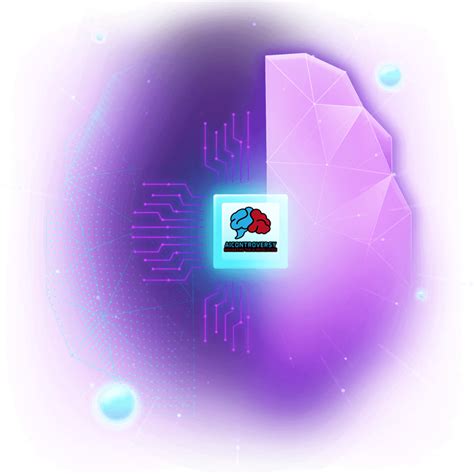The recent discussions surrounding iTerm2 and its integration of AI features have shed light on the complex dynamics between developers and users in the open-source ecosystem. While some users welcomed the new functionality, others raised valid concerns about privacy, data security, and trust in the era of AI technology. The decision to remove the AI feature from the core and offer it as a separate plugin speaks volumes about the delicate balance developers must strike between innovation and user preferences.
One of the key points of contention was the opt-in nature of the AI feature in iTerm2. While the feature was designed to be disabled by default and required explicit user interaction to activate, concerns were raised about the potential risks associated with accidental data leakage. The debate underscores the evolving landscape of data privacy and the increasing scrutiny on how technology interacts with sensitive information.
The response to the controversy highlights the importance of clear communication and community engagement in open-source projects. Developers face the challenge of not only implementing new features but also effectively conveying their intent and addressing user feedback. The iTerm2 saga serves as a reminder of the nuanced discussions that arise when integrating cutting-edge technologies into familiar software tools.
At the heart of the debate lies the broader conversation around AI integration and user expectations. As technology continues to evolve rapidly, users are becoming more attuned to the implications of AI-driven features in everyday applications. The iTerm2 controversy is a microcosm of the larger discourse on privacy, security, and transparency in software development, reflecting a growing awareness of the responsibilities developers bear in shaping the digital landscape.
Ultimately, the iTerm2 controversy offers a valuable lesson for both developers and users in the open-source community. By engaging in constructive dialogues, respecting diverse perspectives, and acknowledging the complexities of technology implementation, we can foster a more collaborative and transparent ecosystem. As we navigate the intersection of AI, privacy, and user control, open communication and mutual understanding will be essential in shaping the future of software development.


Leave a Reply